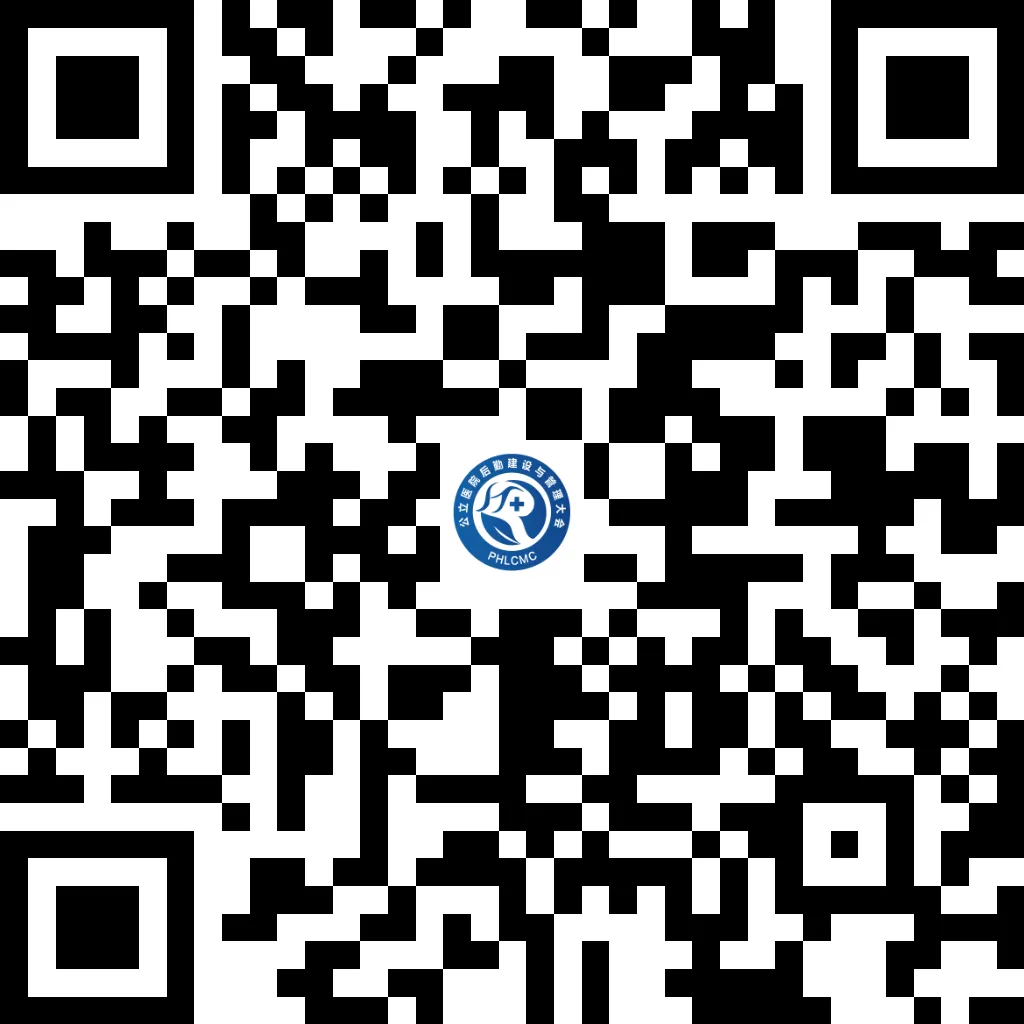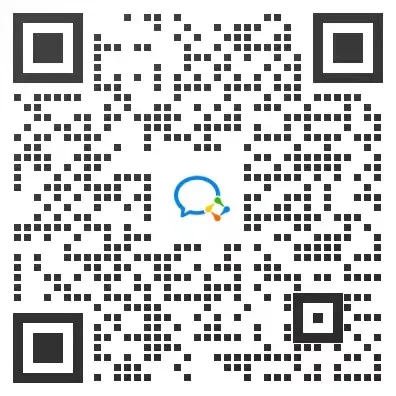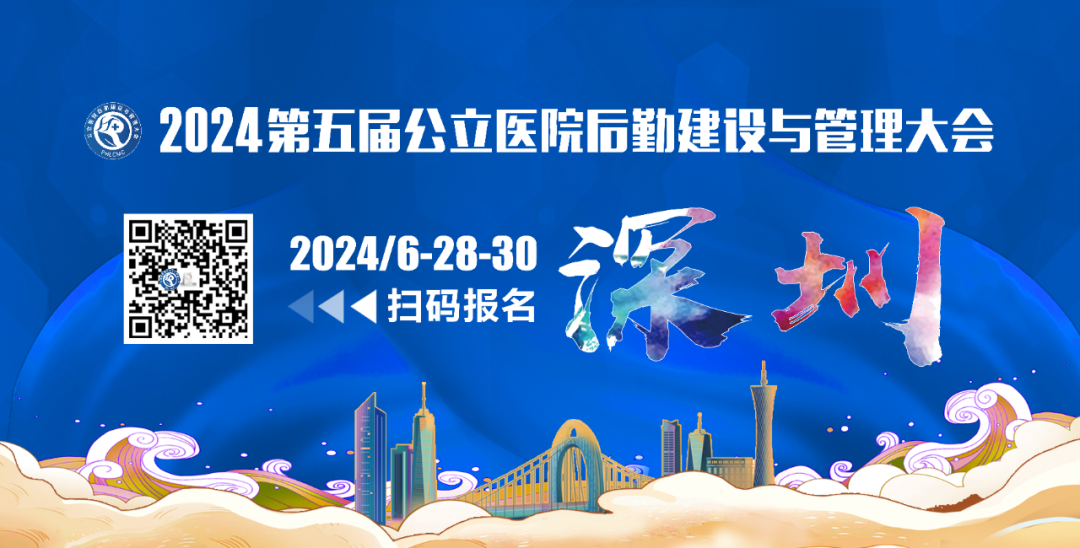
Authors: Bu Fanfan, Gao Zhigang, Xu Lei
Affiliation: Suqian Hospital of Jiangsu Province (Suqian First People’s Hospital)
Abstract
To address the significant energy consumption in hospital buildings, particularly the challenges in energy-saving for air conditioning, an intelligent monitoring platform for energy consumption in hospital buildings is constructed using IoT technology. An air conditioning monitoring model is established, and the design of the air conditioning monitoring subsystem is implemented, achieving energy-saving effects and significant cost advantages. Utilizing a cloud monitoring platform to analyze and manage the energy consumption data of water, electricity, and gas in hospitals helps achieve true energy conservation, efficiency, safety, and low consumption, aligning with the national requirements for building a resource-saving society.
Keywords
Hospital building energy consumption, cloud monitoring platform, analysis and management
1. Introduction
The energy consumption management platform system is an intelligent system used for monitoring energy consumption, energy management, and control. This system connects various target devices through the Internet, collects data on energy consumption and operational status, and analyzes and processes the data to monitor energy consumption and formulate energy management and optimization strategies, achieving energy savings and emissions reduction.
2. Overview and Application of IoT Technology
1. Overview: Energy consumption management and the energy consumption index per ten thousand yuan in hospital logistics management are important evaluation criteria that directly affect the operational costs and service quality of hospitals. IoT technology can achieve comprehensive and effective management of hospital energy consumption through data collection and intelligent control, thereby reducing energy costs, improving energy efficiency, and lowering the energy consumption index.
2. Application:
2.1 Real-time monitoring of energy consumption: By installing sensors, smart sockets, and other devices, real-time monitoring and recording of energy consumption can be achieved. By uploading data to the cloud, more accurate and detailed energy analysis and statistics can be performed, allowing for better understanding of the hospital’s energy consumption and operational status.
2.2 Energy consumption analysis: By reprocessing and analyzing energy consumption data, vulnerabilities and risks in hospital energy consumption can be explored, and various technical and external factor-related energy-saving challenges can be quickly identified, providing strategies and action bases for reducing energy consumption.
2.3 Energy usage optimization: IoT technology can achieve intelligent control of hospital equipment, which means controlling devices intelligently based on the time and energy source, thereby reducing and optimizing energy consumption.
2.4 Billing and energy-saving tracking: Energy consumption management and the energy consumption index per ten thousand yuan are key in hospital management. Hospitals need to adhere to principles of energy saving, environmental protection, and cost reduction, minimizing unnecessary energy waste and expenses. Through IoT technology, billing, tracking, and statistics of energy can be achieved, quickly identifying major nodes of energy consumption and waste, and formulating scientific energy management strategies and actions based on real-time energy-saving data, thus controlling the energy consumption index within an appropriate range.
2.5 Maintenance and equipment upkeep: IoT technology can facilitate the maintenance, upkeep, and repair of hospital equipment, regularly changing or adjusting the energy consumption modes of devices, extending their service life, and reducing the workload and losses caused by downtime due to failures.
2.6 In summary, IoT technology has broad and significant application prospects in energy consumption management and the energy consumption index in hospital logistics management. Achieving intelligent management of energy consumption can lower energy costs while improving the quality of hospital services.
3. Demand Analysis for Energy Management Platform Design
1. Understanding energy usage: A thorough analysis of the hospital’s energy usage is required to grasp basic information such as daily electricity, water, and gas consumption, as well as more detailed data like peak and valley energy usage, providing data support for the hospital’s recent energy management plan.
2. Importance of safety and stability: In hospitals, the stable and safe use of energy is crucial. Therefore, the platform design must ensure continuous monitoring of the operational status of the energy system’s electricity, heat, and water supply systems, and prevent issues such as “overloading” and asynchronous operation that could affect system stability and safety.
3. Monitoring and analysis control capabilities: As the complexity of hospital equipment and operations increases, comprehensive monitoring, control, and adjustment of devices are required. The platform must be capable of monitoring and controlling various device alarms, anomalies, and failures, employing a “quantitative” control model to respond promptly to failures and conduct real-time monitoring and analysis of energy consumption.
4. Intelligent management model: By utilizing machine learning, deep learning, and other technologies, the functions of data collection, analysis, storage, and exchange can be achieved through intelligent control, allowing the local data model of the hospital energy management platform to implement intelligent control while achieving efficient energy assessment and management from a global perspective, providing innovative support for real-time energy management, optimization, and improvement.
4. Architecture of the IoT-based Energy Management Platform
This system design adopts a four-layer architecture:
Application Layer: This layer mainly includes user interfaces, applications, and business logic. In the energy management platform, the application layer primarily provides various energy management functions, such as energy consumption monitoring, energy usage planning, and energy data analysis.
Platform Layer: This layer is the core of the entire architecture, including device management, data processing, and business processing functions. In the energy management platform, the platform layer is mainly responsible for device management (including device access, management, and control), energy consumption data collection and processing (including data collection, storage, analysis, and visualization), and energy management business logic processing.
Transmission Layer: This layer is mainly responsible for communication transmission between the platform and devices, including data collection, transmission, and control command sending functions. Common communication protocols include HTTP, MQTT, and CoAP.
Sensor Layer: This layer is the foundation of the entire architecture, mainly responsible for collecting source data and transmitting it to the platform layer for processing. In the IoT energy management platform, the sensor layer generally includes various sensors, measuring instruments, variable frequency drives, and other devices.
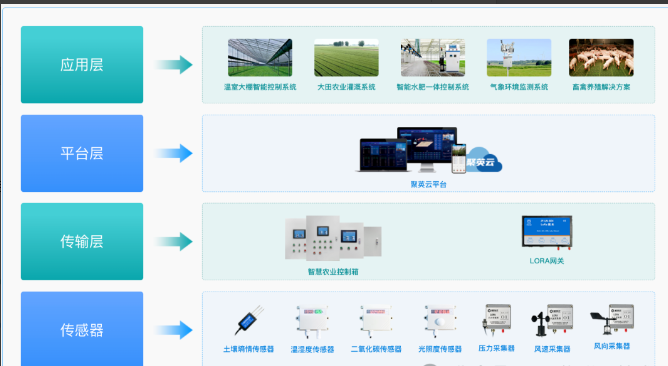
5. Implementation of the Energy Consumption Management System
The implementation of the system is mainly divided into three steps: device access, data collection and processing, and energy management and optimization.
1. Device access: Device access is mainly achieved by using various sensors and communication modules to connect target devices to the Internet and establish a communication link between the devices and the system for data collection and energy control. Specifically, various existing communication technologies such as ZigBee, Wi-Fi, LoRa, and NB-IoT can be used.
2. Data collection and processing: Data collection refers to obtaining relevant data from target devices through various sensors, such as energy consumption data, temperature, and humidity data. Data collection needs to be preprocessed and cleaned to ensure the validity and accuracy of the data. Data processing mainly involves analyzing and processing the collected data to achieve data correlation, prediction, and energy optimization. Various data analysis and processing algorithms, such as regression analysis, neural networks, and genetic algorithms, can be used during data processing.
3. Energy management and optimization: Energy management and optimization are the core functions of the system, primarily achieving energy savings and emissions reduction. Specific functions include energy consumption analysis and prediction, formulation and evaluation of energy-saving plans, and energy control. Energy consumption analysis and prediction mainly derive energy usage trends and consumption amounts through historical data analysis and prediction. The formulation and evaluation of energy-saving plans are based on energy usage, developing targeted energy-saving plans, and evaluating and improving based on actual effects. Energy control is achieved by sending control commands to devices according to the formulated energy management and optimization strategies.
6. Practical Applications
Statistical analysis of various energy inputs such as water, electricity, and gas in hospitals, including year-on-year analysis, month-on-month analysis, and loss analysis. Understanding the total energy consumption proportion of the entire hospital, energy flow, and ranking of energy usage in clinical departments.
Collecting and statistically analyzing electricity consumption data for various types of buildings classified by hospital architecture, such as inpatient building electricity consumption, emergency building electricity consumption, comprehensive building electricity consumption, medical technology building electricity consumption, and apartment building electricity consumption, providing categorized analysis for leadership decision-making and improving management efficiency.
Building a database that meets the energy-saving supervision content and requirements of hospitals, capable of automatically completing energy consumption data collection, departmental cost allocation, and automatically generating various forms of reports, charts, and systematic energy consumption audit reports, monitoring the operational status of energy-consuming devices, and setting control strategies to achieve energy-saving goals.
To address the significant energy consumption in hospital buildings, particularly the challenges in energy-saving for air conditioning, an intelligent monitoring platform for energy consumption in campus buildings is constructed using IoT technology. An air conditioning monitoring model is established, and the design of the air conditioning monitoring subsystem is implemented, achieving energy-saving effects and significant cost advantages. The application of the cloud monitoring platform has realized the management of user electricity data and energy consumption information. The enormous advantages of IoT in campus building energy conservation help achieve true energy savings, efficiency, safety, and low consumption, aligning with the national requirements for building a resource-saving society.
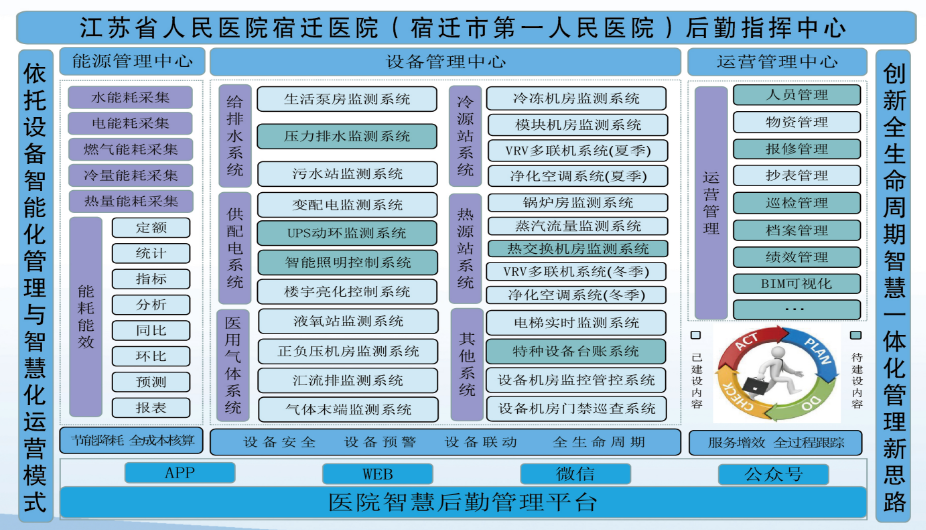
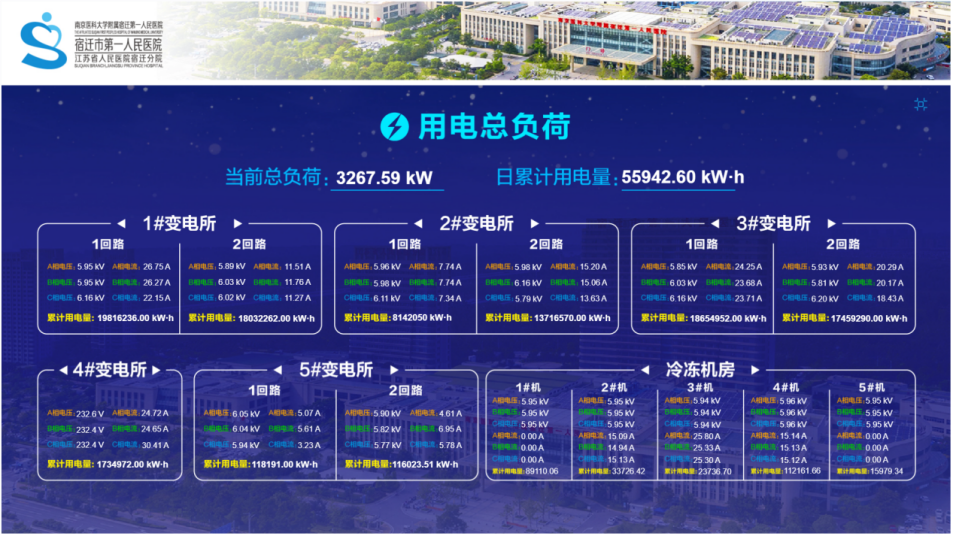
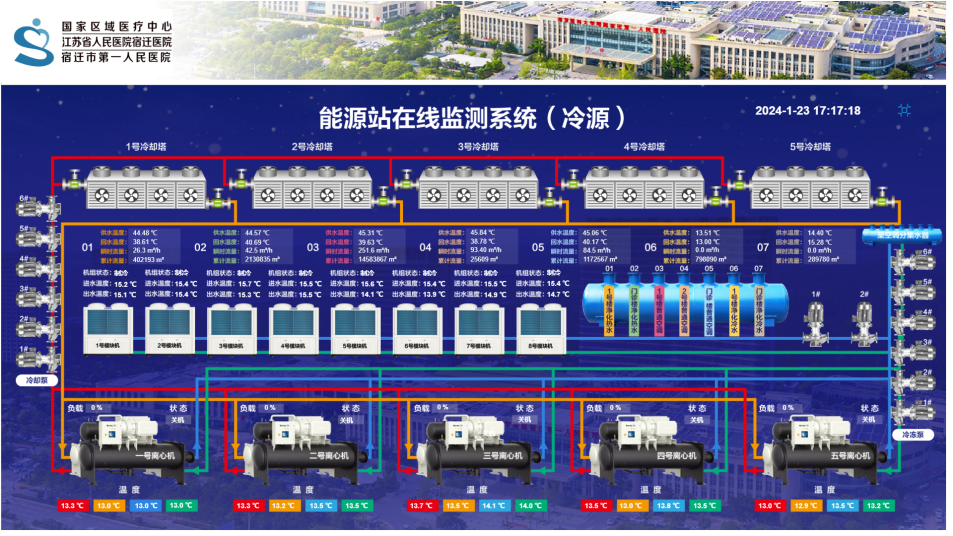
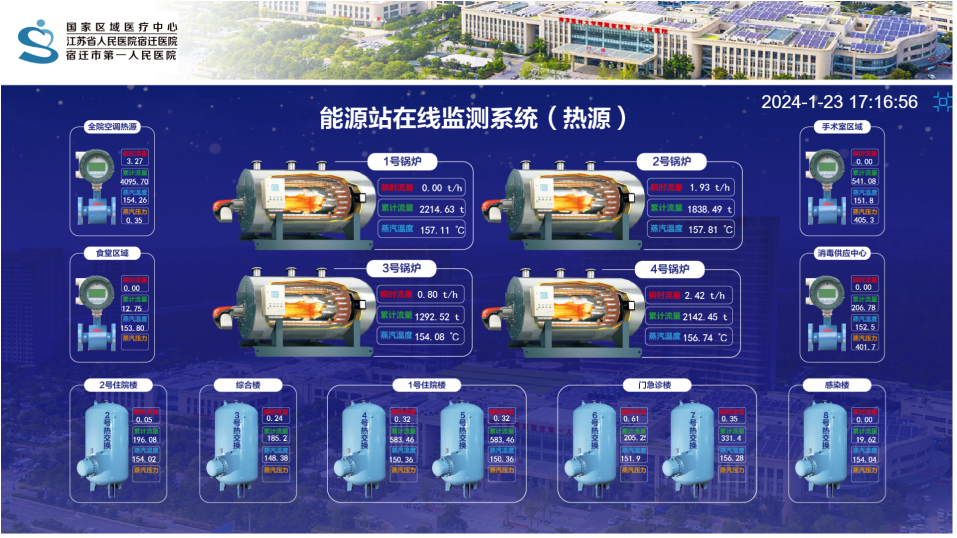
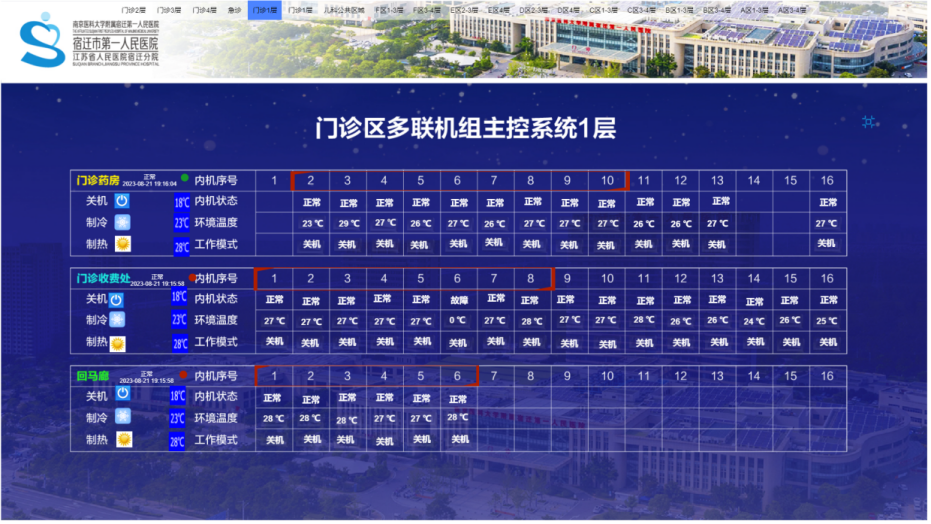
References
[1] Zhu Jingyi. Design of an Intelligent Supervision Platform for Campus Building Energy Consumption Based on IoT Technology [J] Zhejiang Construction Vocational Technical College, 2020, (8): 38-40.
[2] Wu Dieen, Chen Jianji, Li Shengjia, Guo Xing. Analysis of Energy-Saving Measures in Hospitals Based on Smart Energy Management [J]. Energy Research and Management. 2023, 15(1)
[3] Tan Futai, Lin Hai, Guo Xing, et al. Construction and Practice of Smart Energy Systems in Public Hospitals [J]. Science and Technology Innovation and Application. 2022, 12(29)
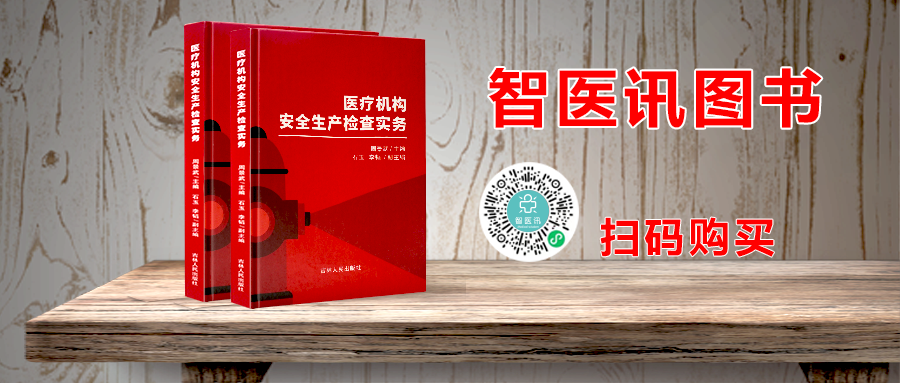
|
Registration for the 5th Public Hospital Logistics Construction and Management Conference 2024
|
Smart Medical Lecture Interaction Group
|

Copyright Notice
All original and reprinted articles, images, videos, etc. (including) in this public account are copyrighted by the original author/translator. If you have rights claims regarding articles, images, or videos, please leave a message or contact Zhiyixun via email or phone, and we will respond promptly. Original articles are welcome for non-commercial reproduction unless otherwise stated, please indicate the source.
Email: [email protected]
WeChat: 18801345167
Phone: 010-88956990
Scan to follow
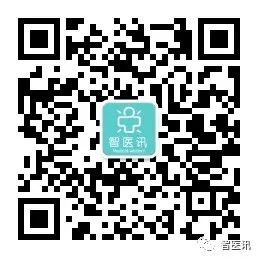
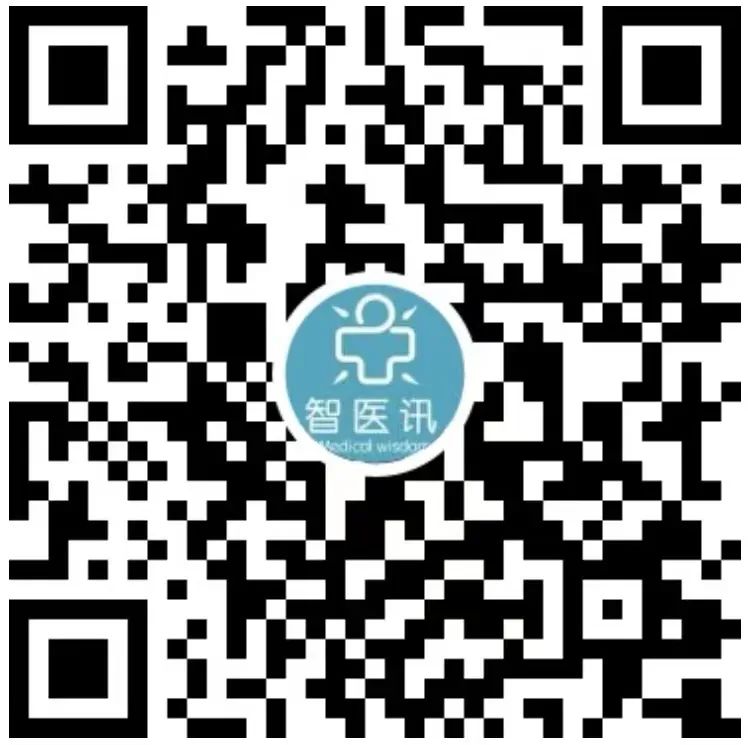
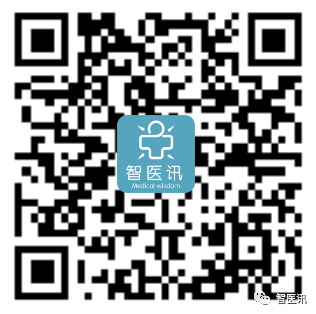
Public Account Video Account Smart Medical Lecture
(Replay available)
